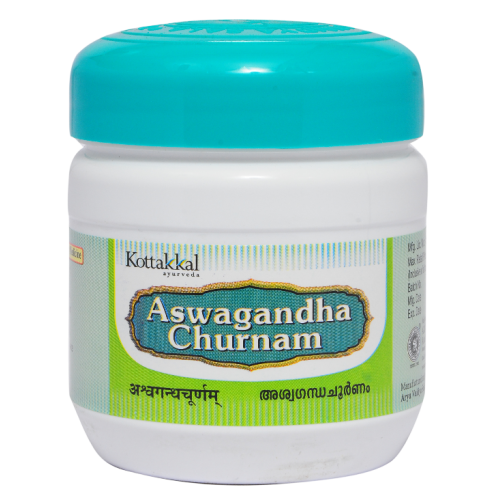Soma, the nourishing and cooling quality associated with lunar energy, is symbolized by water. It supports healthy digestion, soothes and balances Pitta dosha, strengthens Kapha, and moderates Vata’s tendency towards dryness. When urine leaves the body, it also nourishes, lubricates, and detoxifies.
According to Ayurvedic teachings, boiling water for different durations can produce ushnodaka, therapeutic water that helps clear the channels and improve moisture absorption. Alternatively, herbs or spices can be added to water after boiling. Ancient texts mention that boiling water enhances nutrient absorption compared to regular water:
- Regular water: It takes approximately 6 hours to be absorbed assuming all channels are clear.
- Boiled and cooled water: This helps open the channels and takes around 3 hours to be absorbed.
- Hot herbalized water: Due to the potency of Agni (digestive fire) and the herbs/spices, it takes around 1.5 hours to be absorbed.
Water Consumption Based on Body Type
The amount of water one should consume varies based on age, physical activity, weather, diet, stress levels, use of herbal supplements, and body type. Generally, Kapha types are less thirsty than Pitta types, while Vata types require more water due to tendencies for constipation and dry skin. Ayurveda emphasizes that the way you drink water can impact your health.
The Ayurvedic Approach to Water Consumption:
- Take a seat and sip water, just like you would sit down to eat.
- Sip water instead of drinking the entire glass at once. Inhale, swallow, and repeat.
- Sip water throughout the day rather than consuming it all at once, as the body cannot absorb a large amount at once.
- Ideally, the water should be at room temperature or slightly warmer, as cold water extinguishes the digestive fire.
- Consider taking a sip of water after a meal. Consuming excessive liquid while eating can hinder digestion. Aim to fill your stomach with 50% food, 25% water, and 25% space.
- Avoid consuming large amounts of water before or after meals for the same reason mentioned above.
- Hydrate when you’re thirsty. Trust your body’s instinct for thirst as an indicator of its need for water.
- The recommended eight glasses per day may not apply to everyone. Pay attention to your thirst cues and drink water accordingly.
You can gauge your hydration level through the color and transparency of your urine. Ideally, it should be straw-colored and very transparent. If it appears dark yellow, it indicates the need for increased water intake. Dry lips can also be a sign of dehydration.
The rules for optimal water consumption are simple and straightforward, but they can greatly impact our overall well-being. The key is to be mindful of our eating and drinking habits, as well as our body’s cues. Never ignore thirst.
Ingredients to Enhance Water’s Detoxifying Effects:
- Lemon: Adding lemon juice to water helps purify and balance the body. Squeeze fresh lemon juice into your drink or add thinly sliced lemon to a pitcher. Drink it in the morning before breakfast, waiting for about 30 minutes. Lemon water reduces inflammation, aids digestion, fights viral infections, promotes clear skin, boosts the immune system, and supports weight loss.
- Mint: Mint aids digestion and adds a hint of sweetness to water without sugar.
- Cucumber: Adding cucumber slices to water aids in rehydration and has anti-inflammatory properties.
- Ginger: Ginger offers various health benefits, including aiding digestion, settling the stomach, and supporting systemic cleansing. Add a few thin slices or a small amount of grated ginger to your water, adjust the taste, and add more if desired.
Approach water consumption as a sacred act, hydrate your body appropriately, and cultivate awareness in your eating and drinking habits. Only then can true healing of the physical body begin.



